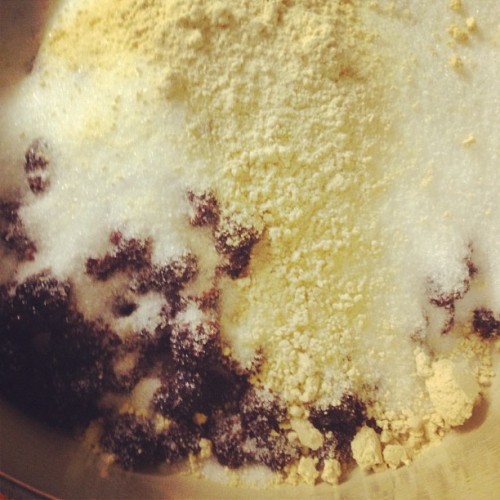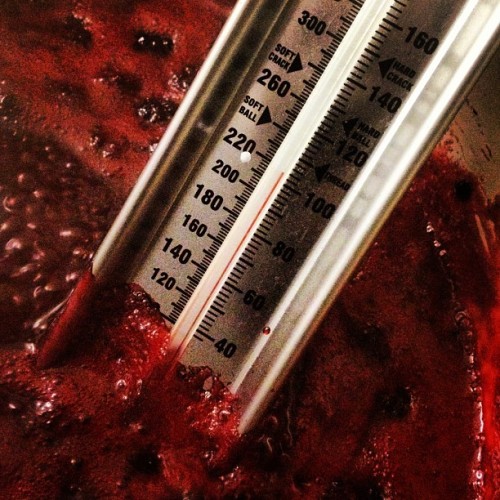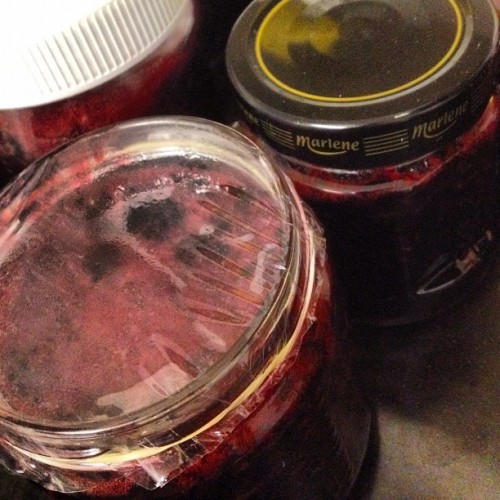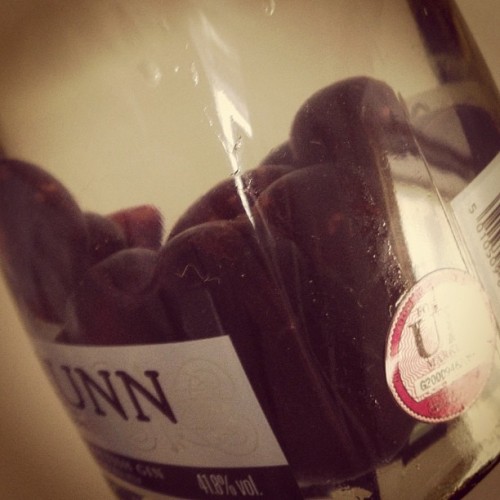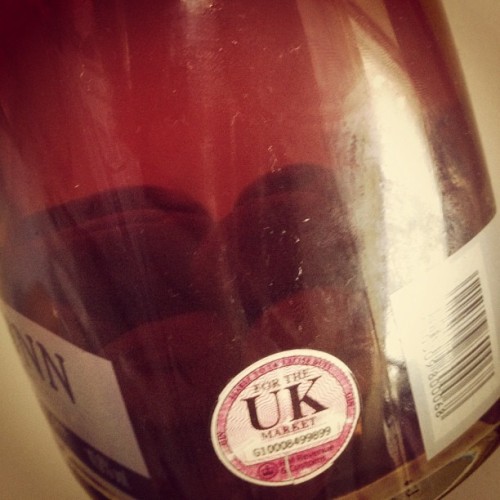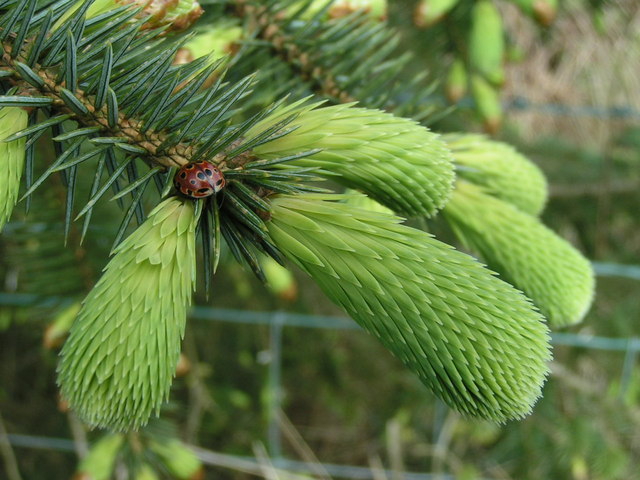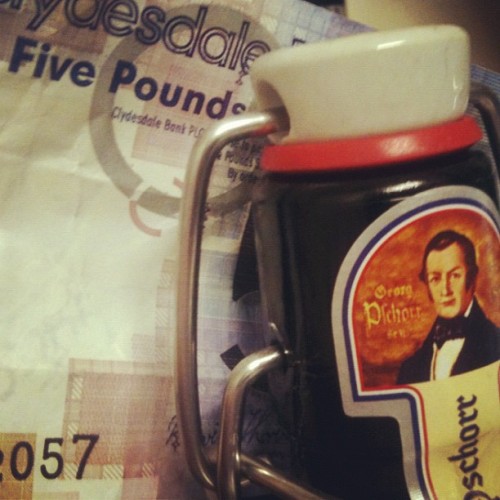I love spending time in the Cotswolds, and
in the bakers there you often find a bread and butter slice – essentially a
tray bake that uses up leftover bread that has a few raisins added into
it. It is deliciously moist and
exceptionally tasty, but for some reason, frugal Scottish bakers haven’t
cottoned onto the fact that you can use wasted stock to make this delicious
sweet treat.
So embracing my idea yesterday of making
things with pre-Christmas leftovers, I tried to make one of these bread &
butter slices and put a Christmassy twist on it so it could be eaten as a snack
or even for breakfast on Christmas day.
You need
1 Loaf of stale bread (white or brown, not seeded)
Some butter to spread on the bread
3 egg yolks
500mls milk
¼ cup caster sugar
Raisins or dried fruit
Ground Nutmeg
Ground Cinnamon
Here is what to do
Preheat the oven to 180c
Firstly, cut the bread into thick
slices. Leave the crusts on, as it gives
it a more rustic slant.
Lightly butter both sides of the bread
Heat the milk in a pan until it is nearly
at the boil
Meanwhile, whisk the egg yolks with the
sugar and as much cinnamon and nutmeg as you desire until combined and put to
one side.
When the milk is nearly boiling, pour onto
the egg yolks and sugar and whisk to combine it all quickly.
Pour the mixture back into a pan and heat
on a medium heat.
Stir constantly with a wooden spoon,
cooking out the custard until the mixture coats the back of the spoon (I added
a bit of cornflour because it was taking quite a while).
Pour the custard into a bowl and whisk to
cool quickly and then transfer into a jug
Line a loaf tin with grease-proof paper and
grease the inside.
Layer the bread in the bottom, add a small
handful of raisins on top, and then pour some custard over the top. Repeat until the bread & custard is all
used up.
Place in the oven and cook for 35-45
minutes.
Remove from the oven and cool in the tin.
Turn out and slice and then eat.
Well – that is the theory. Firstly, I forgot to grease the greaseproof
paper, so when it came to taking the loaf out of the tin, the outer shell had
welded itself to the paper and ripped off leaving the inner casing that looked
as though I’d dropped it on the floor. Turning it upside down however made it look fine.
So presentation is terrible, but what does
it taste like? Well, essentially, Bread
& Butter pudding, with a subtle nutmeg and cinnamon element coming
through. It was lovely and moist, with the custard flavour intensifying overnight. Making a spiced custard works
really well and I think if I’d soaked the raisins in rum and been a little more adventurous with the spices (infusing a clove in the custard would have been great), it would have made the
whole thing taste much better and give a bit more of a Christmassy flavour. I'll try this to make this again soon, and this time not muck it up.
